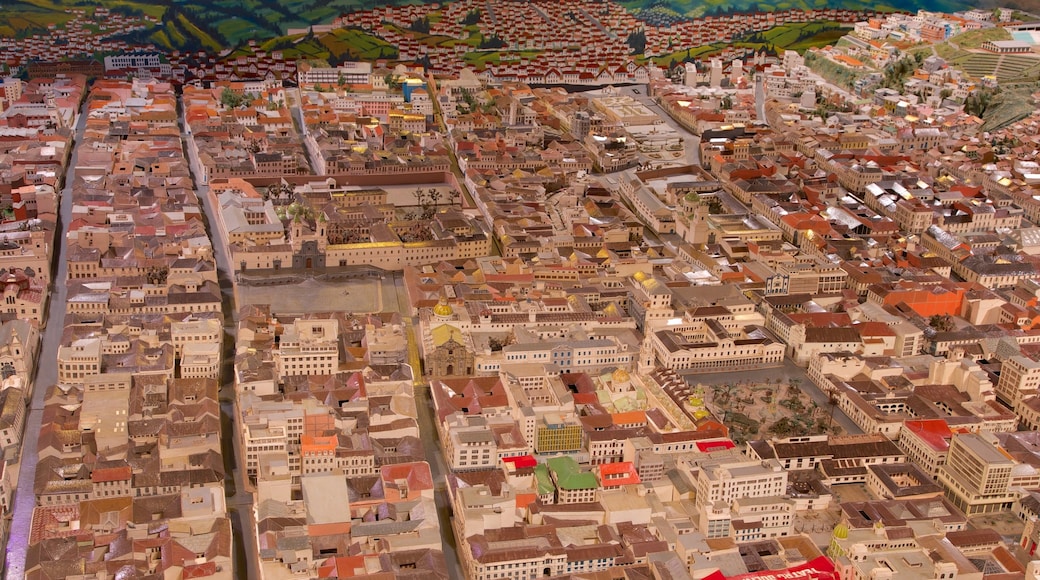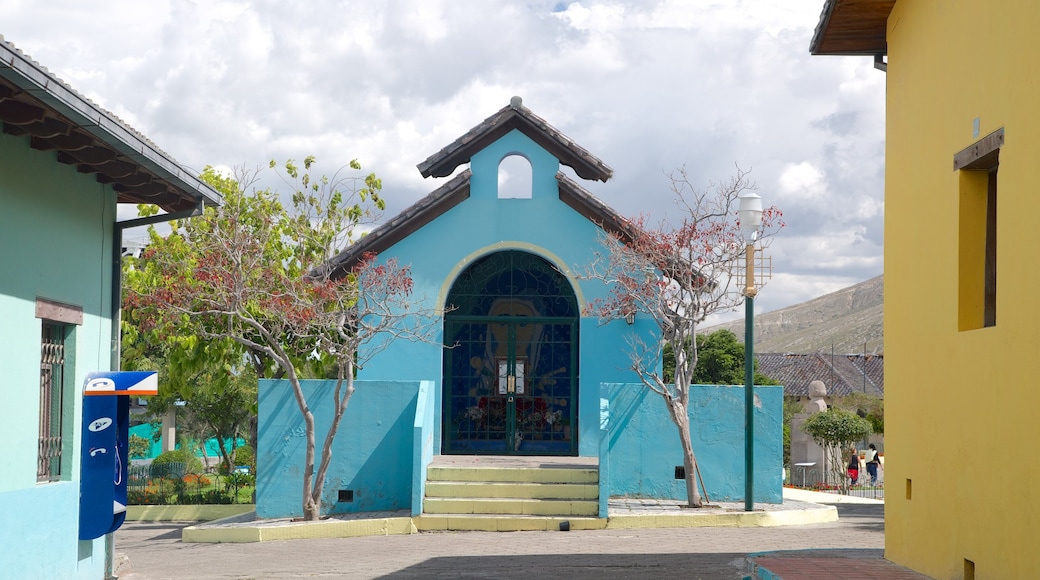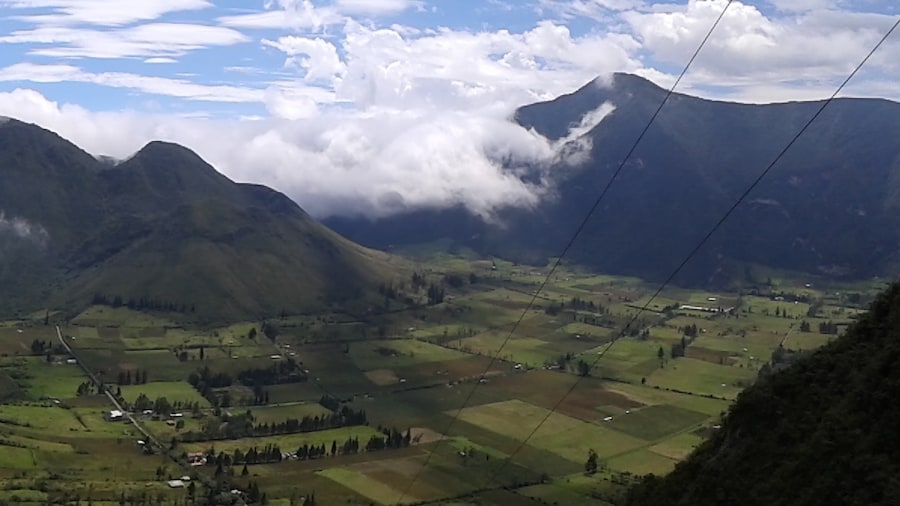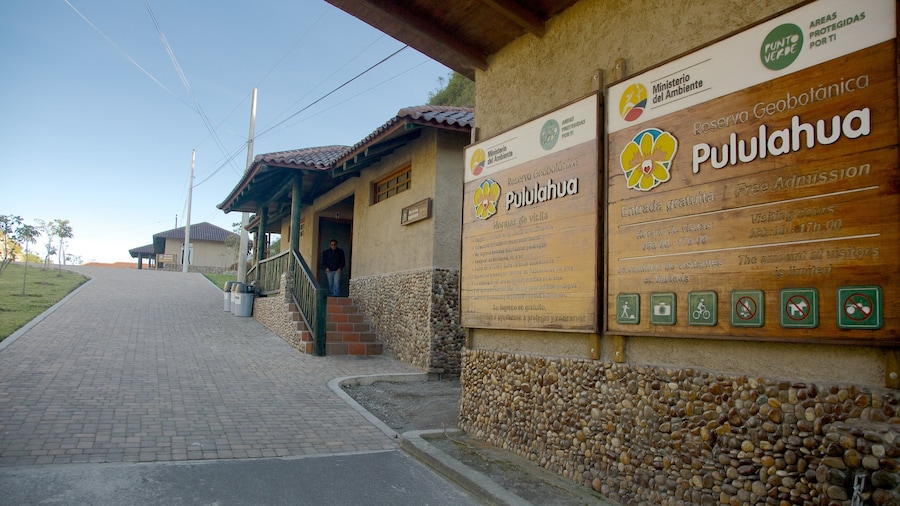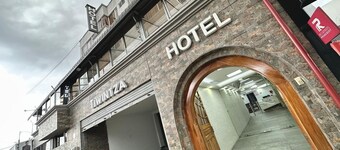Stand with one foot in each hemisphere at this monument to the site where the equator is marked, then spend time in the accompanying planetarium and museum.
While Quito may not be unique in its position on the equator, the Mitad del Mundo (Middle of the World) Monument made it the most famous example of a city in two hemispheres. The monument is built on the historic site where a French explorer calculated the line of the equator in 1736. Visit the 98-foot (30-meter) monument and stand with one foot in each half of the world.
See the enormous tribute to the equatorial line and its calculation, and walk along a painted line that represents the equator. Recent technologies have located the equator about 787.4 feet (240 meters) north of this line, but the monument makes for a fun representation of the hemispheric halves of the earth. Walk along the line and have your photograph taken straddling the middle of the world. Take the elevator to the top of the monument and enjoy panoramic views of the northern and southern hemispheres.
Visit the monument to see the equatorial village, a small scale-model of colonial Quito, which includes homes, a church and a bullring. Visit the Ethnography Museum and the Planetarium to learn about the region’s indigenous history, colonization and Ecuador’s place on the world map.
Stop by one of the bars or restaurants to enjoy a refreshing drink or snack on the equatorial site. Browse the gift and souvenir stores located on-site. Purchase an official certificate stating that you have visited the equator at the Mitad del Mundo Monument. Visit the smaller nearby monument that commemorates Ecuadorian soldiers who lost their lives in war.
The Mitad del Mundo Monument is located near San Antonio de Pichincha, 19 miles (30.6kilometers) north of Quito. The monument and museums are open daily, but hours vary throughout the seasons. The small admission fee includes entry to the monument complex. The Ethnographic Museum and Planetarium have separate admission fees. Visit the monument on the weekend, when the bars come to life with local folk music and dance shows.

